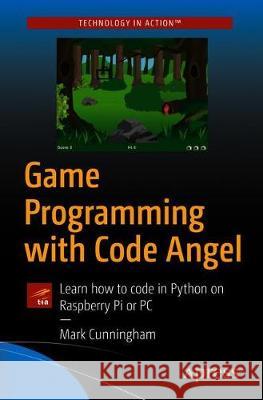Game Programming with Code Angel: Learn How to Code in Python on Raspberry Pi or PC » książka
topmenu
Game Programming with Code Angel: Learn How to Code in Python on Raspberry Pi or PC
ISBN-13: 9781484253045 / Angielski / Miękka / 2019 / 177 str.
Kategorie:
Kategorie BISAC:
Wydawca:
Apress
Język:
Angielski
ISBN-13:
9781484253045
Rok wydania:
2019
Ilość stron:
177
Waga:
0.27 kg
Wymiary:
23.39 x 15.6 x 1.04
Oprawa:
Miękka
Wolumenów:
01
Dodatkowe informacje:
Wydanie ilustrowane











